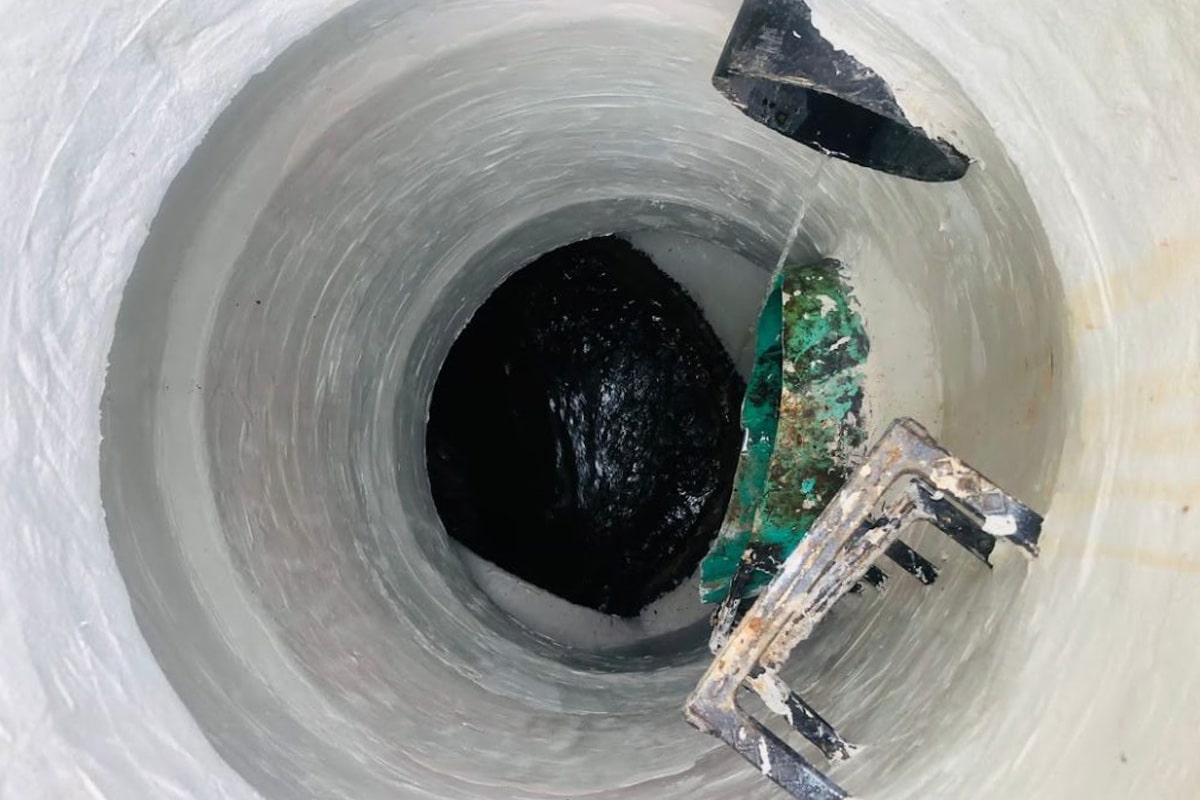
What Contractors Can Control: The Three Factors That Can Decide Lining Success
Applied structural epoxy liners are engineered for strength, bonding, and acid resistance — but no formula can make up for poor field practice. The chemistry is built in. The success is up to the application.
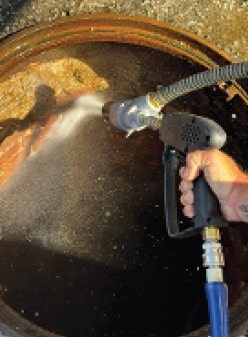
Engineering + Application = Performance
Structural epoxy liners are designed to function as part of a composite system — the cured film and substrate working together. But even the strongest chemistry relies on how it’s applied in the field.
As emphasized in Understanding Structural Epoxy Liners by Epoxytec’s Michael Caputi, these high-performance materials succeed when engineering design and field execution align. The engineer defines the design parameters, but it’s the manufacturer and contractor who determines whether the liner actually performs to those specifications.
These high-performance materials succeed when engineering design and field execution align. The engineer defines the design parameters, but engineering should also consult with the manufacturer and contractor to determine whether the liner meets the intended goals.
Three key factors remain entirely within the contractor’s control:
1. Surface Preparation
2. Mixing and Application Accuracy
3. Cure Environment
Each one directly impacts the liner’s ability to achieve structural-grade performance.

Prep Like It Matters, Because It Does: Where Sealed Strength Begins
Even the most advanced liner can’t perform if it isn’t bonded to the substrate. Structural epoxies rely on adhesion to create a unified, load-sharing structure needed for proper lining against hydrostatic pressure and inflow/infiltration (I&I). Contaminants, moisture, or an inadequate surface profile can all compromise that bond and lead to premature failure.
Before any application, the substrate must be clean, sound, and properly conditioned according to manufacturer requirements. Each Epoxytec product includes specific instructions addressing surface preparation standards for various substrates and environments.
Always refer to the product data sheet for surface preparation guidance. The right foundation ensures the liner can do its job — sealing and protecting the structure for years to come.
Mixing and Application Accuracy: Getting the Formulation Right
The performance of structural-grade epoxies depends on precise chemical balance. Incorrect mixing ratios, incomplete blending, or rushed application can alter the liner’s strength and adhesion properties.
Accurate proportioning and consistent film build are essential. The product data sheet outlines proper mixing methods, pot life limits, equipment requirements, and film build recommendations based on the intended application.
Follow the data sheet exactly. Each step — from mixing to application thickness — determines whether the epoxy reaches its designed mechanical strength, flexibility, and bonding potential.
When contractors follow these parameters, the liner achieves the balance of properties that defines performance: high mechanical strength film, strong adhesion, and resistance to corrosive conditions.
Cure Environment: Protecting the Bond
The curing phase is where the chemistry completes its work. Material temperature, ambient conditions, and substrate conditions all affect the reaction between resin and hardener. If the environment falls outside the product data sheet’s recommended parameters, curing slows or instead aggressively reacts (temperature dependencies), adhesion weakens, and film integrity suffers.
Before, during, and after installation, contractors should monitor environmental conditions to confirm they fall within the specified range for the product.
Consult the product data sheet for the allowable temperature and humidity ranges and other conditions during cure. Controlling the cure environment ensures the epoxy crosslinks fully — locking in strength, adhesion, and durability.
Why These Three Factors Matter
Structural-grade liners are defined by their balance of properties. High mechanical strength, acid resistance, and adhesion are built into the formulation — but that balance in the field is up to the applicator.
Surface prep determines whether the system bonds. Application accuracy and environmental conditions determine whether it cures correctly and whether it lasts.
Each step is a chance to protect the bond and preserve performance.
Takeaway for Contractors
You can’t control forces or the age of the structure — but you can control how your liner is prepared, applied, and cured.
Epoxytec’s CPP systems are designed for ultra-high build structural film strength and long-term performance, but those results depend on precision in the field.
Follow the data sheet. Respect the chemistry. Protect your bond.
Because when it comes to structural rehabilitation, the product can only perform as well as it’s applied.
To explore practical strategies for identifying and mitigating I&I visit Epoxytec’s educational series, Epoxytec Blog Series: The Hidden Cost of I&I or visit Epoxytec’s I&I Resource Center.
Performance Matters, Experience Delivers. Tnemec’s proven products, backed by over 100 years of development, combined with Epoxytec’s decades of expertise in collection system rehabilitation and supported by ECAN-trained applicators, create the formula for success.
References
¹Reference: Understanding Structural Epoxy Liners (Epoxytec White Paper, Michael Caputi)
https://www.epoxytec.com/blog-news/understanding-structural-epoxy-liners/
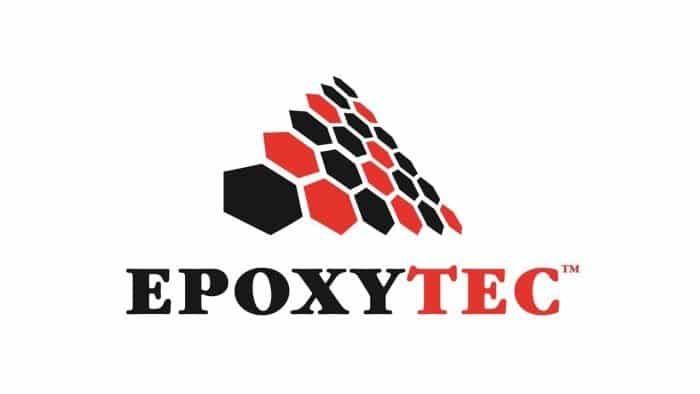

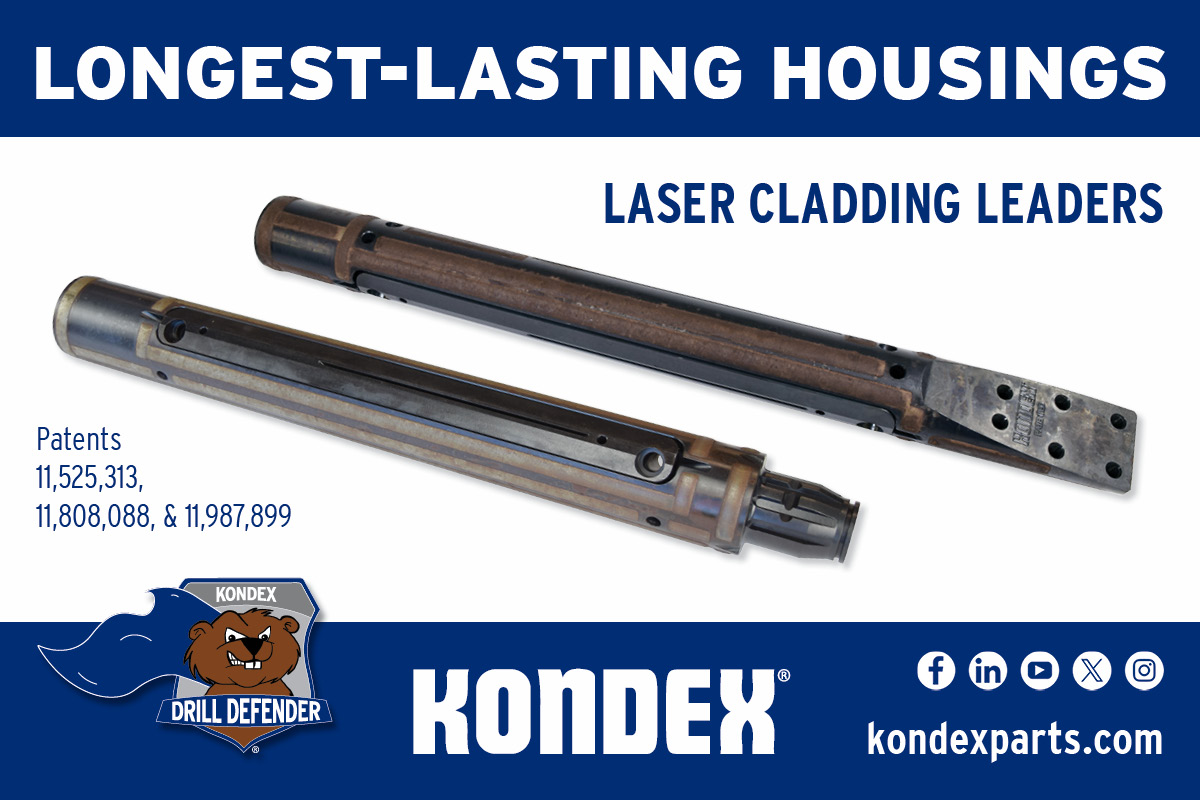

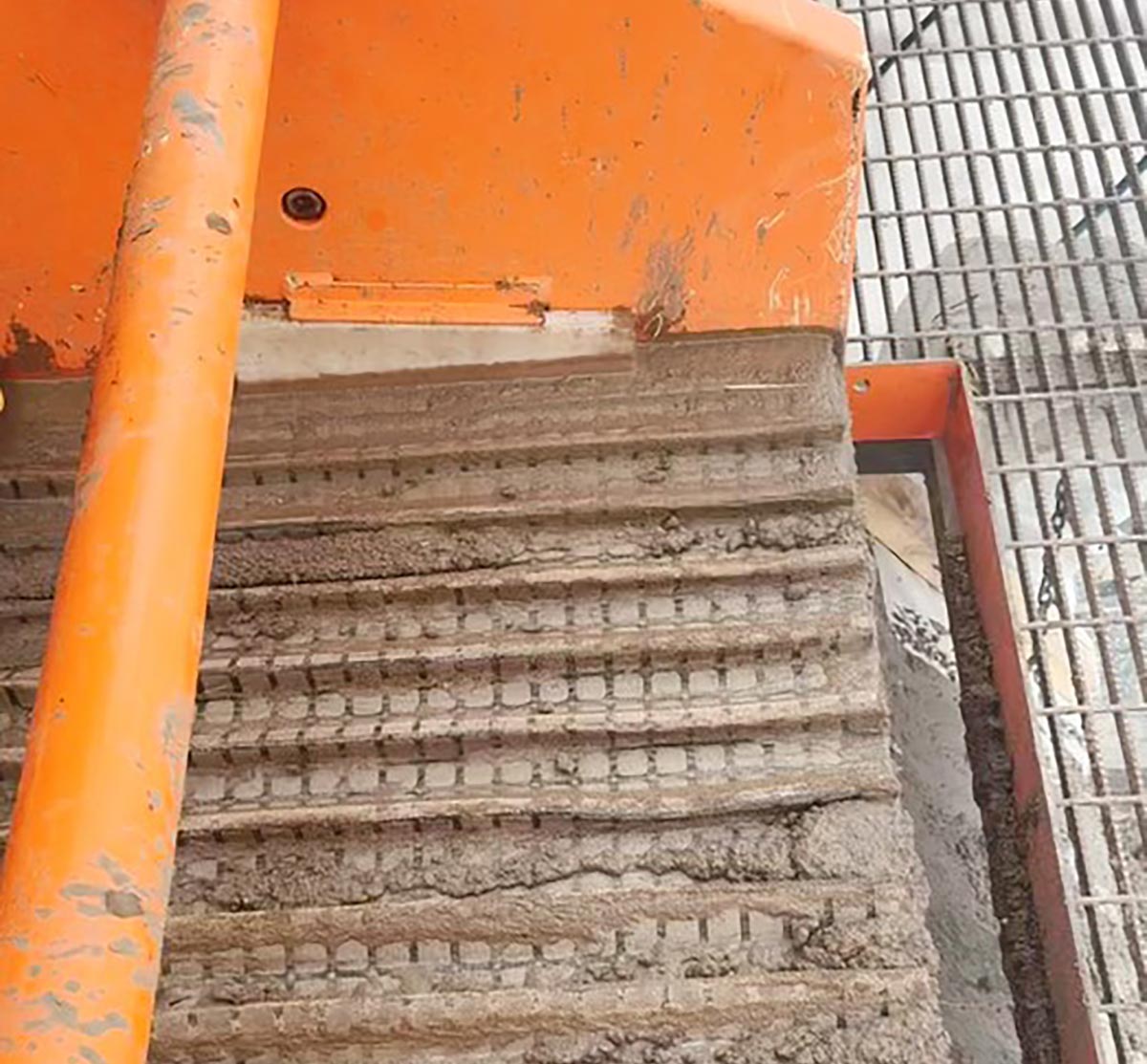
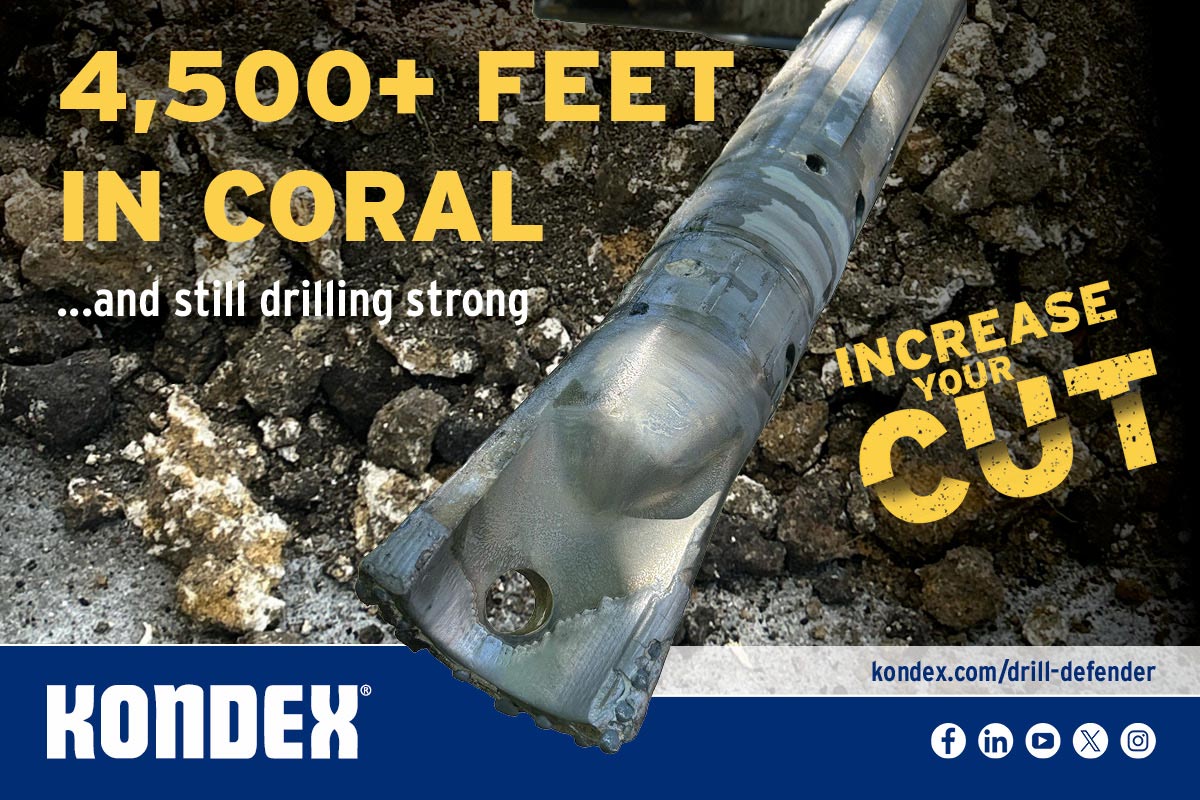
Comments are closed here.